$1,743 1Q 2024
-3.5%
93.3% 1Q 2024
-80 BASIS POINTS
10.8% (FEB 2024)
5.1% (FEB 2024)
* Please note that these employment figures have been adjusted for seasonal variations and are based on Moody’s Analytics forecast as of January 1, 2024.
** Please note that these unemployment rates are estimates that have not been adjusted for seasonal variations, and they are derived from Moody’s Analytics forecast as of January 1, 2024.
QUARTERLY DEMAND
QUARTERLY COMPLETIONS
Apartment demand in Orlando saw a resurgence in 2023, recovering from a period of sluggishness the previous year and aligning with the 10-year historical average. This positive momentum persisted into the first quarter of the year, with the 3,242 units absorbed, nearly matching the 3,835 units delivered during the same period. Looking ahead, stronger market fundamentals are anticipated, and the gap between supply and demand is expected to narrow as the year progresses.
Orlando’s development pipeline is one of the largest in the nation, having delivered approximately 15,000 new units in the past 12 months, with over 90% classified as luxury units. Despite a gap between current supply and immediate demand, the construction momentum remains strong, with another 15,000 units underway. This robust development activity responds to Orlando’s significant population growth, with U.S. Census Bureau estimates indicating that roughly 1,200 new residents move to the metro each week.
The stabilized occupancy rate in Orlando has decreased by 80 basis points over the past year to 93.3% as of the first quarter of 2024, largely due to the completion of 15,000 new units during that period. This underscores the impact of one of the nation’s largest construction pipelines relative to total inventory, resulting in the number of vacant apartments increasing by more than 30% over the last year to approximately 23,500 units. Currently, the lowest occupancy rates are in the market’s higher-tier inventory, where occupancy stands at 89.9%. In contrast, occupancy in more affordably priced workforce housing is much tighter at 94.7%. However, robust in-migration, including many new residents relocating from larger markets like New York and Miami, continues to support overall apartment demand. This dynamic is expected to sustain healthy leasing activity in higher-tier units, preventing a sharp decline in occupancies for these properties in the year ahead.
Year-over-year rent growth has quickly decelerated over the past several quarters and is now down to an annualized pace of -3.5%, significantly behind the national average of 0.9% and the most significant year-over-year retraction since 2010. It will likely be closer to mid-2025 before rent growth returns in a meaningful way, but a closer target of 1% in annual growth is achievable by the end of 2024 as the dynamic between supply and demand narrows. The heightened competition created as multiple luxury projects have delivered in a short window of time has resulted in that segment of the market experiencing the sharpest decline in rent growth this past year, currently -3.8% compared to -2.3% mid-range assets. On the lower end of the quality spectrum, workforce housing managed to eke out positive growth, albeit at a modest pace of 0.4%.
Average Monthly Mortgage Payment
Average Monthly Rent
Investment volume in Orlando has decreased significantly from the pandemic highs, yet with $1.7 billion in sales activity recorded in the past 12 months, Orlando remains among the top markets nationwide for total sales volume. This level of investment was strong enough to place Orlando ahead of both Tampa and Miami, and just behind Charlotte. While Downtown Orlando has attracted considerable investor interest over the past few years, suburban areas are now increasingly drawing investor attention. Given the current economic headwinds, many investors are likely to remain cautious in early 2024. However, a potential interest rate cut could occur in the coming months, which may influence investment activity in Orlando moving forward.
*Most Active Buyers and Sellers are based on the sale volume of apartment units.
* Trailing 4Q average PPU
* Preliminary Data from RCA – Individual transaction $2.5M +
Please note that the income and expense data presented in this section is sourced from third-party providers. Our firm does not provide any warranty or guarantee as to the accuracy or reliability of this information. We recommend that users exercise their own discretion and professional judgment when interpreting and utilizing this data.
| Income Assumptions | Value / Unit | Year Change (%) |
|---|---|---|
| Rental Income / Occupied Unit | $1,663.43 | 9.0% |
| Recoverable Expenses / Occupied Unit | $78.19 | 9.4% |
| Other Income / Occupied Unit | $104.14 | 7.4% |
| Total Income / Occupied Unit | $1,845.75 | 9.0% |
| Rental Income | $1,557.21 | 7.5% |
| Recoverable Expenses | $73.20 | 7.9% |
| Other Income | $97.49 | 5.9% |
| Total Income | $1,727.89 | 7.5% |
| Operating Expenses | Value / Unit | Year Change (%) |
|---|---|---|
| Payroll | $134.58 | 5.3% |
| Repairs & Maintenance | $46.01 | 8.3% |
| Leasing | $56.02 | 4.8% |
| General | $32.55 | 1.7% |
| Marketing & Advertising | $20.07 | 9.3% |
| Repairs & Maintenance | $102.60 | 13.7% |
| Cleaning | $19.31 | 14.8% |
| Roads & Grounds | $20.30 | 4.8% |
| General | $62.99 | 16.5% |
| Administrative | $44.32 | 5.3% |
| Security | $5.82 | 6.1% |
| General | $38.50 | 5.2% |
| Management Fees | $53.16 | 4.6% |
| Utilities | $86.42 | 6.2% |
| Electric | $20.67 | 10.3% |
| Gas | $1.24 | -9.0% |
| Water/Sewer | $64.51 | 5.4% |
| Real Estate & Other Taxes | $219.21 | 5.3% |
| Insurance | $85.34 | 56.6% |
| Other Operating Expensees | $8.24 | |
| Total Operating Expense | $753.93 | 10.8% |
| Value / Unit | Year Change (%) | |
| Net Operating Income | $973.96 | 5.1% |
|---|
Orlando’s market outlook for the remainder of 2024 anticipates a stronger pace of absorption, although it is expected to be the third consecutive year with a significant, though narrowing, gap between supply and demand. By early 2025, a better state of equilibrium is projected, with supply and demand more closely aligned going forward.
Despite the likelihood of occupancy rates remaining in the low 90% range in the near term, demand is expected to stay healthy. This outlook is supported by continued solid in-migration, rent growth moderation, and high interest rates that keep homeownership out of reach for many. Orlando’s population growth is among the fastest in Florida, with a 1.8% increase in 2023, where approximately two-thirds of this growth was driven by net in-migration. Looking ahead from 2024 through 2028, a slightly slower but still robust annual growth rate of about 1.5% is anticipated.









